Liberation Through the Lens
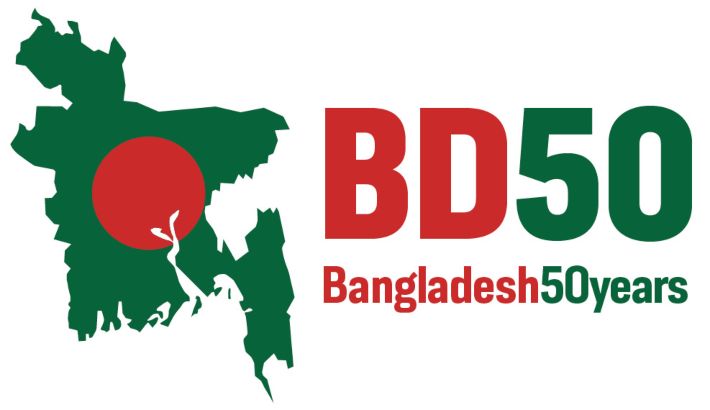
1 of 10
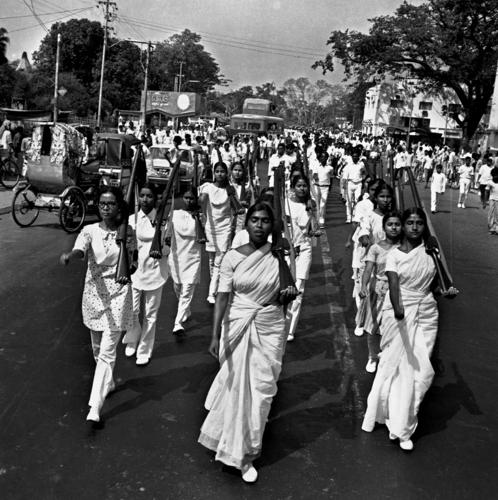
2 of 10
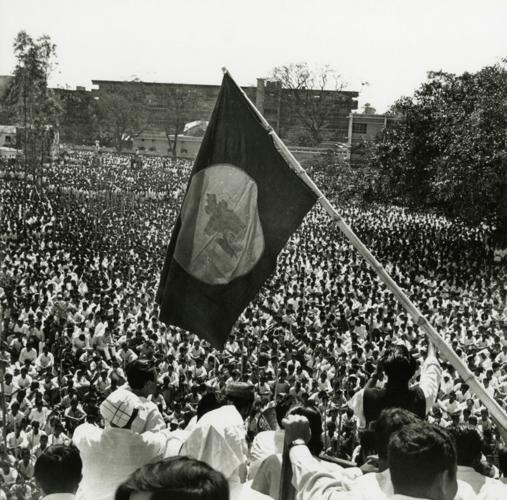
3 of 10
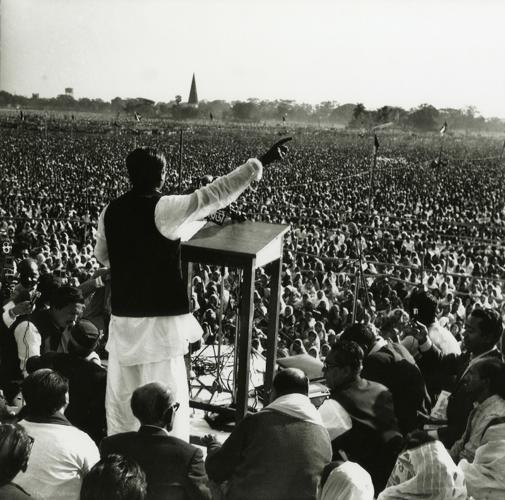
4 of 10
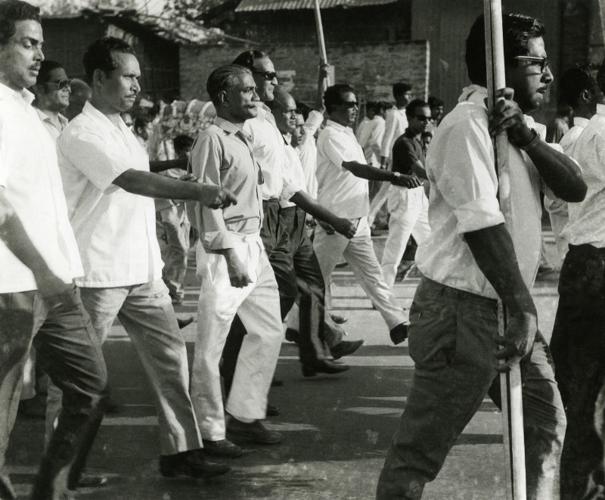
5 of 10
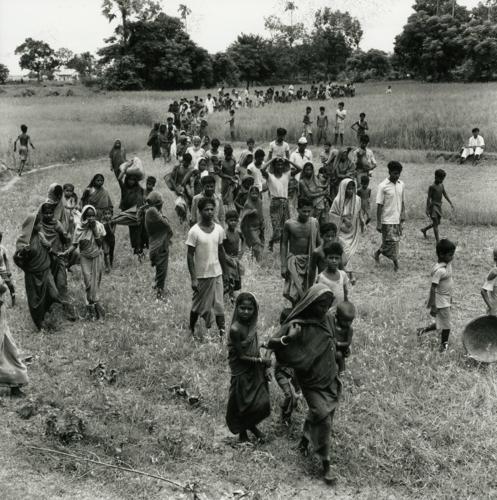
6 of 10
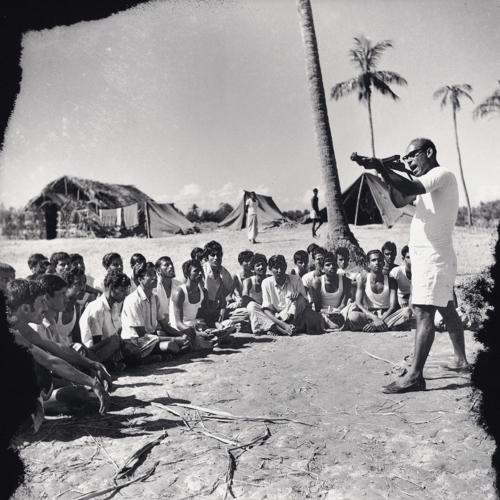
7 of 10
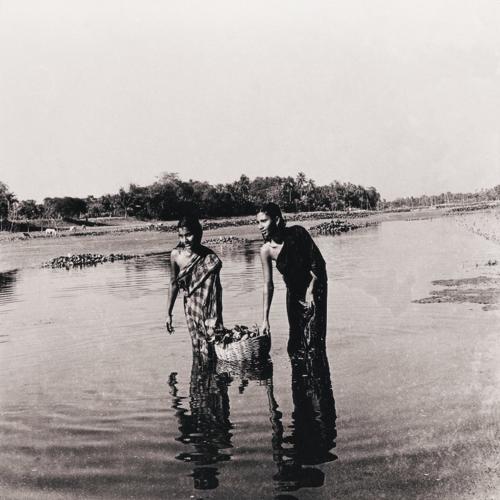
8 of 10
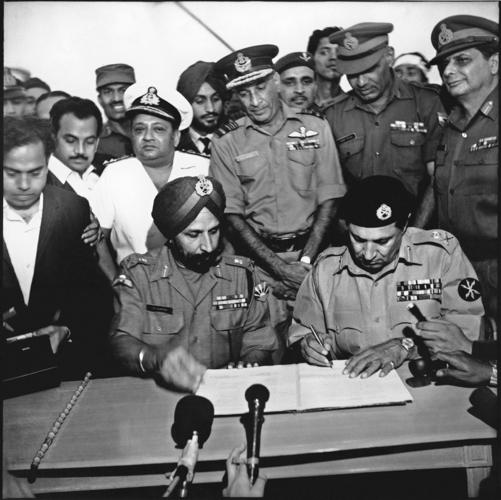
9 of 10
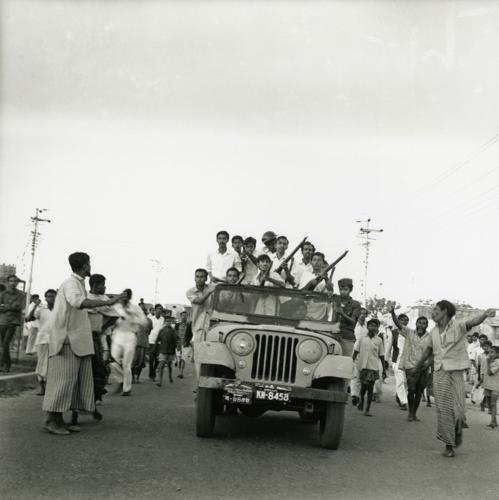
10 of 10
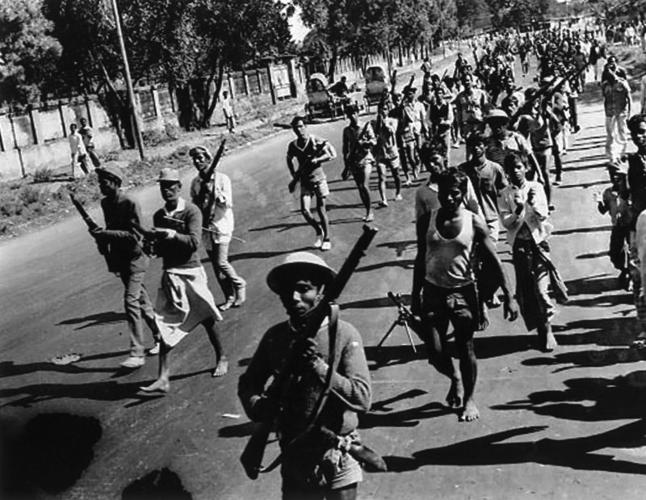
❮
❯
This powerful selection of photographs, which date from late 1970 to December 1971, provide a true account of the momentous events that led to the independence of Bangladesh. The photographers and photojournalists who captured these striking scenes are mainly Bangladeshi.
The Bangladeshi War of Independence began in March 1971. The West Pakistani military unleashed a campaign of violence on Bengali civilians as well as the East Pakistan army. Victory was achieved on 16 December 1971.
The United Kingdom recognised Bangladesh as a sovereign nation on 4 February 1972.
These ten images are part of a highly acclaimed exhibition ‘Bangladesh 71’. This was originally shown at Autograph, Rivington Place in 2008. It was jointly produced by Shahidul Alam and the Drik Picture Library.
The images are from Majority World Photo Agency. We would like to thank Saiful Islam and Ricky Simms from Majority World for all their support.
Majority World works with talented photographers from Asia, Africa, Latin America and the Middle East. Their photographs provide unique insights into local cultures, environments and development issues. Majority World is an initiative of Drik, a pioneering picture library in Bangladesh. Drik champions multimedia and journalistic skills in the region. It supports free and open media.
Biographies
Aftab Ahmed (c. 1934 – 25 December 2013) was chief photographer of Bengali newspaper The Daily Ittefaq. He was awarded the *Ekushey Padak in 2006 by the Government of Bangladesh for his contribution in documenting the Liberation War.
Begart Institute - Manzoor Alam Beg (1 October 1931 – 26 July 1998) was a Bangladeshi photographer. He was awarded over 200 national and international awards during his career, and the posthumous *Ekushey Padak award in 2007. Beg set up of the Begart Institute of Photography in 1960 and the Bangladesh Photographic Society in 1976.
Jalaluddin Haider’s photographs bear evidence to the history and turmoil of Bangladesh’s politics. He has taken many of the most iconic shots of the incidents that led to and were part of the Liberation War. He worked at the forefront of photojournalism in Bangladesh for several decades. Haider retired from the Daily Janakantha in 2000.
Mohammed Shafi’s image conveys a candid and powerful message. It shows the unexpected cargo of grenades in water baskets carried by women.
Rashid Talukder (24 October 1939 – 25 October 2011) was a photojournalist for The Daily Ittefaq. He was well-known for capturing some of the most definitive images of the atrocities during the war. Talukder was a founder of the Bangladesh Photo Journalists' Association. He was awarded the Lifetime Achievement Award at the Chobi Mela in 2006. The 'Pioneer Photographer Award' given by National Geographic magazine followed in 2010.
*Ekushey Padak is the second highest award given to civilians in Bangladesh.